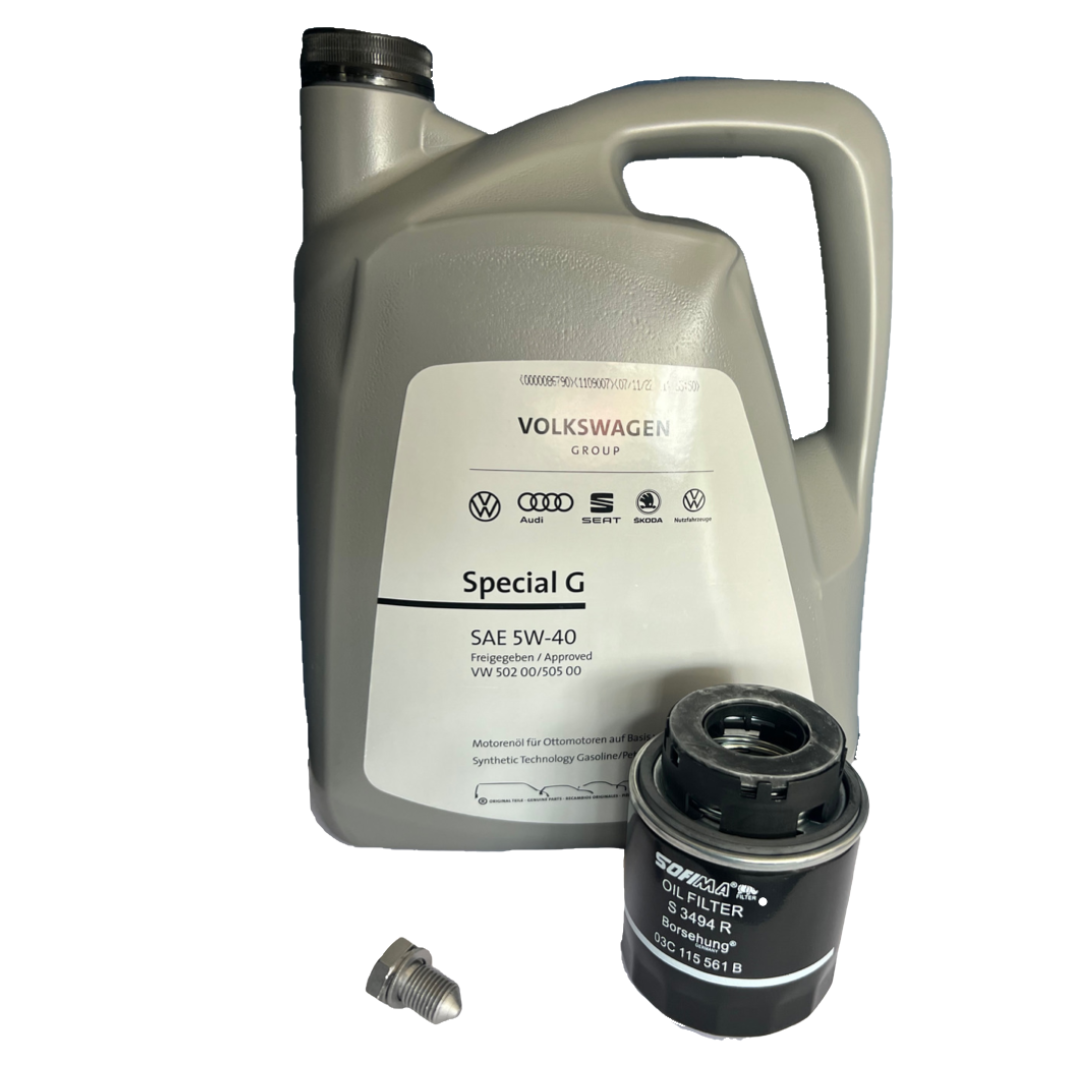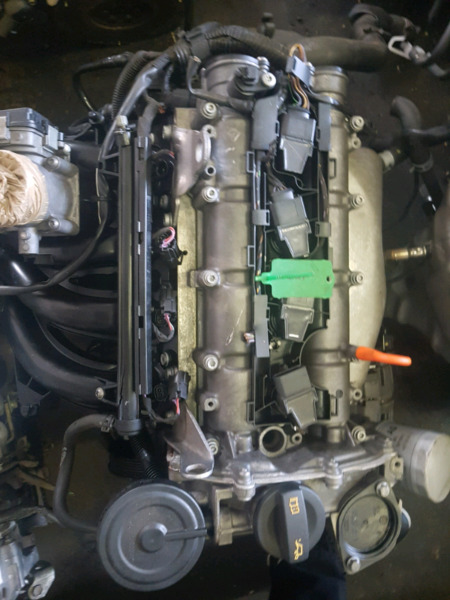Optimize fuel efficiency with a top-tier clp engine.
Optimize fuel efficiency with a top-tier clp engine.
Blog Article
How a Clp Engine Can Enhance Performance in Different Industries
The development of CLP engines marks a substantial shift in functional effectiveness across numerous industries, driven by their capacity to optimize fuel intake and lessen downtime. Industries such as manufacturing and logistics stand to get significantly from their robust design and consistent power result, which promise to enhance procedures and improve performance. As organizations progressively focus on sustainability together with effectiveness, the role of CLP engines comes to be a lot more critical. What remains to be seen is exactly how these improvements will certainly form the future landscape of industrial procedures and their influence on broader financial patterns (clp engine).
Summary of CLP Engines
CLP engines, or Continuous Fluid Propellant engines, represent a substantial advancement in propulsion innovation, particularly for space applications. These engines utilize a continuous feed system that permits the sustained expulsion of propellant, causing boosted effectiveness and performance compared to standard solid or hybrid propulsion systems. By preserving a continuous flow of fluid propellant, CLP engines can accomplish much more precise drive control, which is critical for steering spacecraft in different goal situations.
The style of CLP engines integrates innovative materials and ingenious gas management systems. clp engine. This results in minimized weight and boosted reliability, vital variables for long-duration room goals. The continuous procedure decreases the risk of burning instability, a typical challenge in standard rocket engines.

Benefits in Production
The manufacturing of Continuous Liquid Propellant (CLP) engines presents a number of notable advantages that boost both effectiveness and cost-effectiveness. One of the main benefits is the structured manufacturing process, which lowers the intricacy linked with standard propulsion systems. By utilizing fluid propellant, manufacturers can accomplish greater precision in engine performance, resulting in enhanced power outcome and decreased waste.
Additionally, CLP engines facilitate a higher level of modularity, allowing for much easier assimilation right into various manufacturing lines. This adaptability can dramatically reduce preparations and enhance overall operational flexibility. The use of CLP technology likewise tends to lessen the requirement for extensive upkeep as a result of less relocating components, which translates right into decreased downtime and operational expenses.

Applications in Logistics
Leveraging Continual Liquid Propellant (CLP) engines in logistics supplies significant benefits in functional performance and reliability. These engines supply a durable option for different transportation demands, allowing the smooth activity of goods throughout vast distances. The integral style of CLP engines enables constant power output, which translates right into smoother and a lot more foreseeable transportation routines.
Among the crucial applications of CLP engines in logistics remains in sturdy freight transportation, where they can drive both ground and aerial vehicles. Their capability to preserve high efficiency under varying tons problems makes certain that distribution timelines are satisfied, therefore boosting customer complete satisfaction. Furthermore, CLP engines can my link be integrated into automated logistics systems, facilitating real-time tracking and maximizing path planning.
In addition, the durability of CLP engines minimizes maintenance downtime, allowing logistics companies to optimize their functional capacities. This is especially advantageous in warehousing procedures, where performance in dealing with and carrying items is important. As logistics remains to advance, the assimilation of CLP engines represents a forward-thinking strategy that not only improves performance but additionally sustains the sector's growing demands for integrity and speed.
Influence On Energy Efficiency
How do Constant Fluid Propellant (CLP) engines improve power performance in transport? CLP engines use a consistent circulation of liquid gas, optimizing burning processes and keeping a stable drive outcome. This style minimizes power losses associated with conventional combustion engines, where gas shipment can differ and cause ineffectiveness.
The continuous operation of CLP engines enables for an extra efficient thermal cycle, causing higher certain impulse contrasted to traditional engines. clp engine. This translates to lowered fuel intake for the same quantity of job done, substantially reducing functional prices across various transport sectors, consisting of air travel and maritime markets
Additionally, the ability of CLP engines to preserve ideal efficiency under differing lots conditions reduces the requirement for frequent acceleration and slowdown, better enhancing fuel effectiveness. Enhanced power performance not only adds to set you back financial savings however likewise results in lower greenhouse gas exhausts, aligning with worldwide sustainability objectives.
Future Trends and Innovations
Arising improvements in Constant Liquid Propellant (CLP) engine modern technology promise to revolutionize the landscape of transportation performance and sustainability. As sectors pivot towards greener options, CLP engines stand at the leading edge, integrating ingenious materials and design methodologies that boost efficiency while lessening environmental impact.
One of the most encouraging fads is the adoption of hybrid systems that incorporate CLP engines with renewable power sources. This harmony can maximize fuel consumption and reduce exhausts, lining up with worldwide sustainability objectives. Improvements in computational liquid characteristics (CFD) are Our site promoting the layout of even more aerodynamically effective engines, leading to reduced drag and improved gas effectiveness.
Furthermore, the advancement of clever tracking systems is readied to improve functional effectiveness. These systems utilize data analytics and IoT modern technology to optimize engine efficiency in real-time, ensuring that the engines operate within their most reliable parameters.
As research study remains to check out different propellant formulations-- such as biofuels and synthetic gas-- the future of CLP engines looks promising. By taking advantage of these technologies, industries can not just boost their efficiency however additionally add considerably to a cleaner, extra sustainable future in transportation.
Final Thought
In verdict, click resources CLP engines represent a considerable improvement in performance across multiple markets. Their capability to maximize gas consumption and decrease operational expenses, incorporated with a continuous feed system, enhances power output and operational dependability. The assimilation of advanced materials and fewer moving components decreases upkeep requirements, while alignment with sustainability goals positions CLP engines as a critical innovation for the future. Continued advancement in this area assures more renovations in performance and ecological efficiency.
Report this page